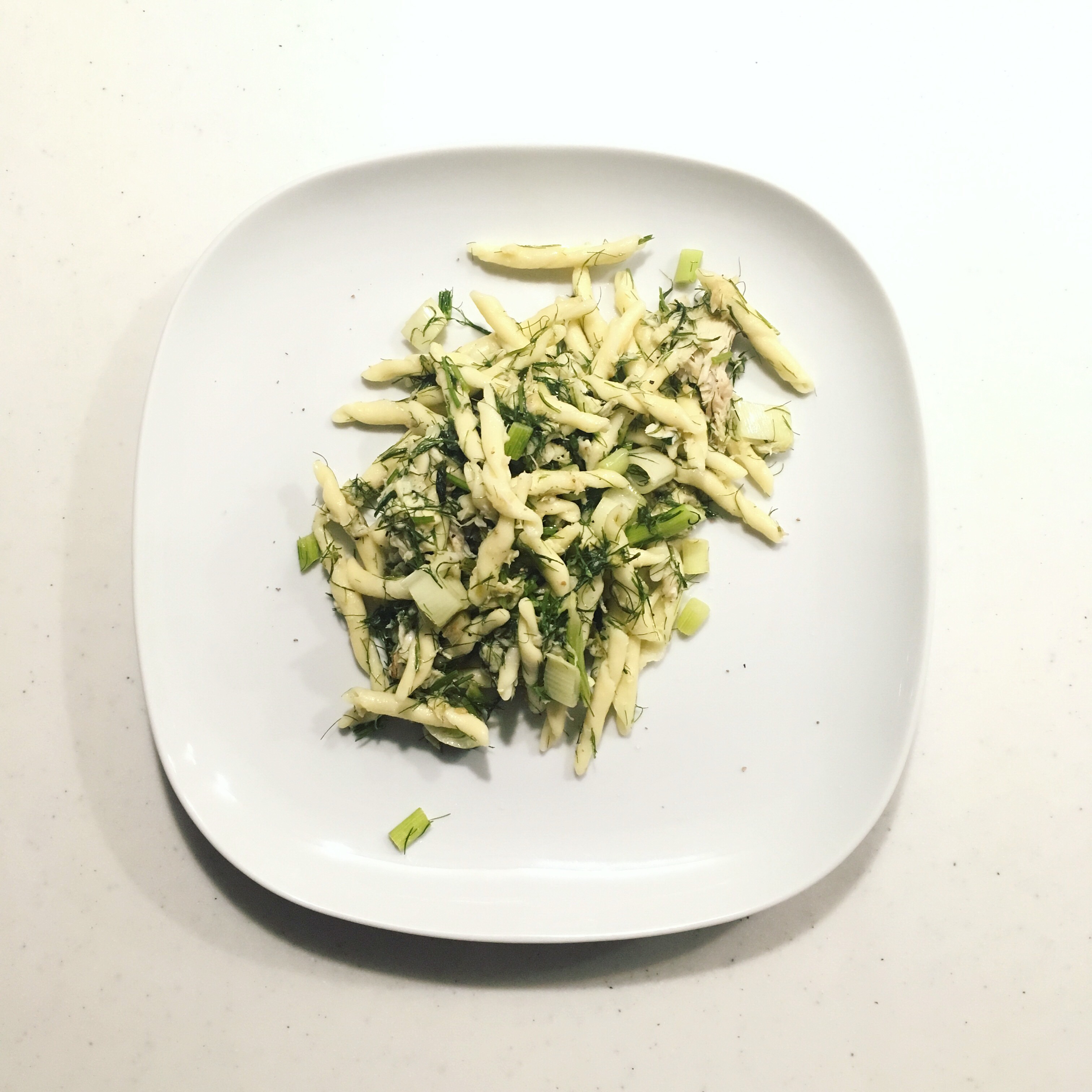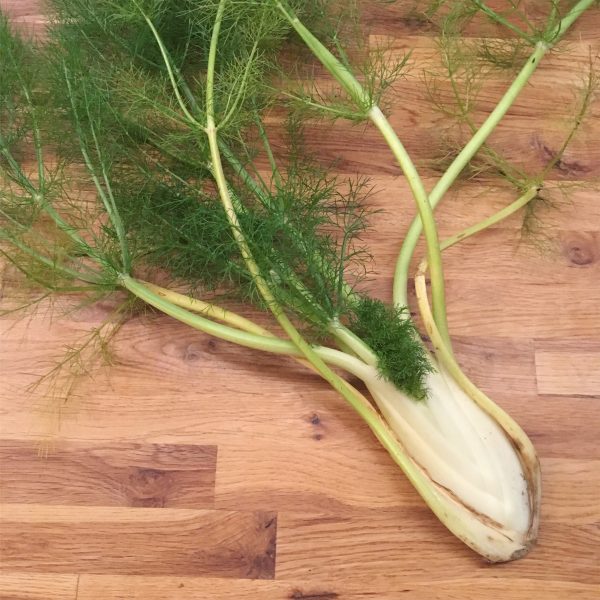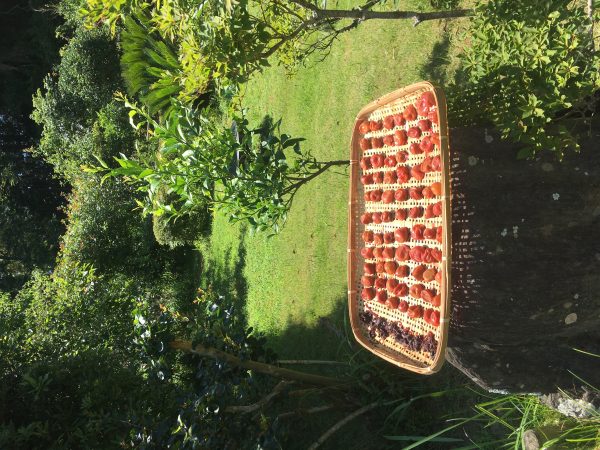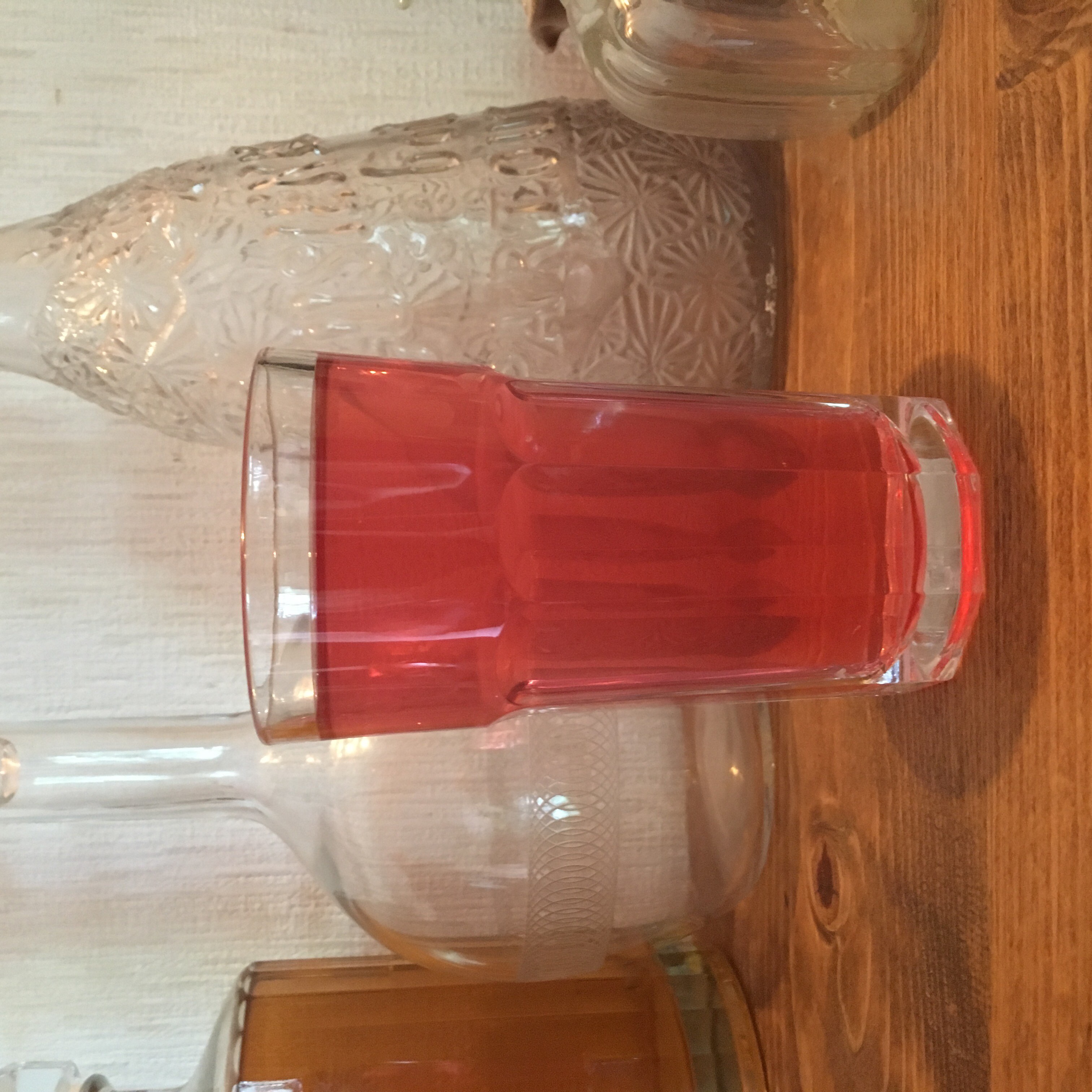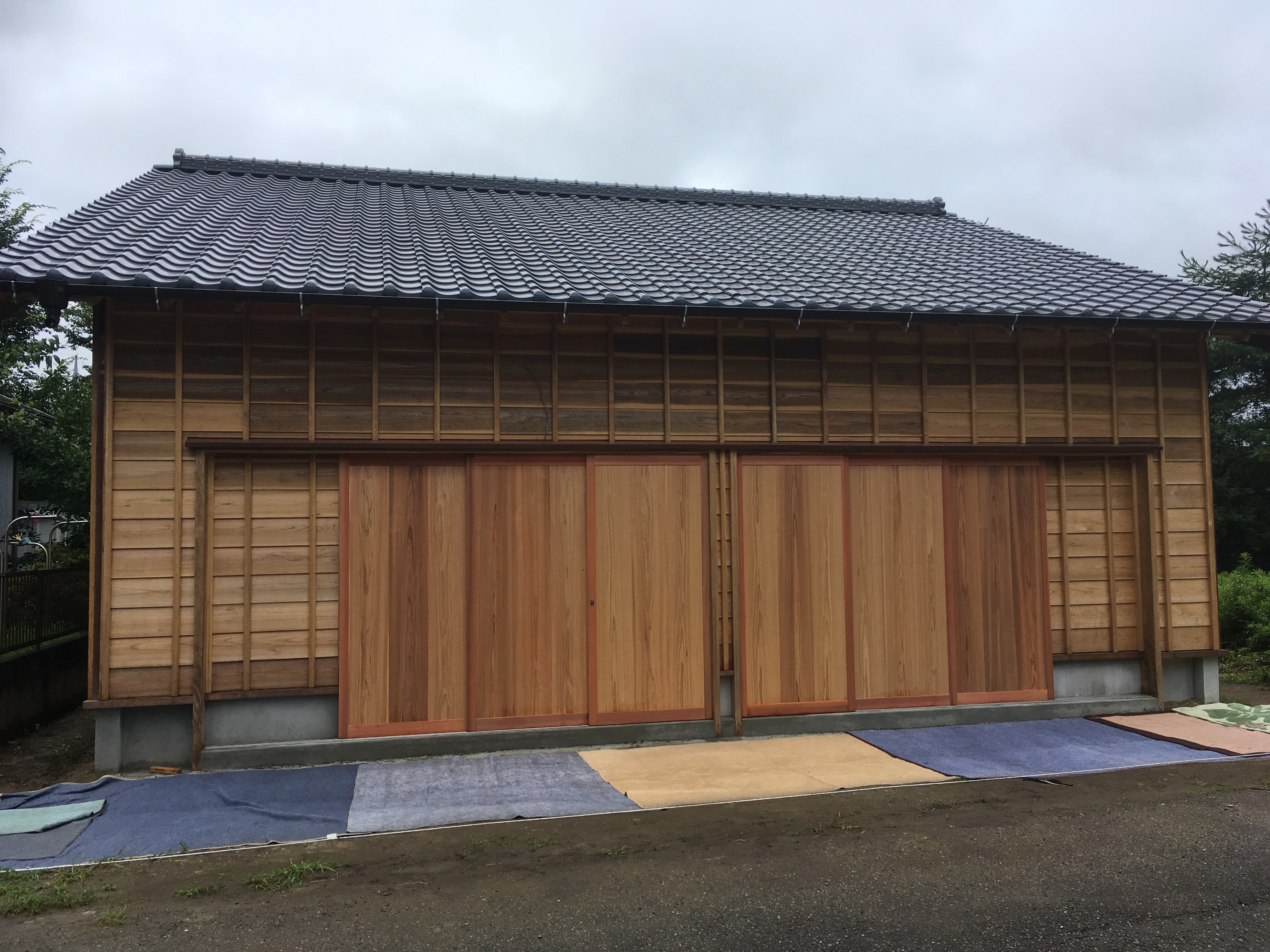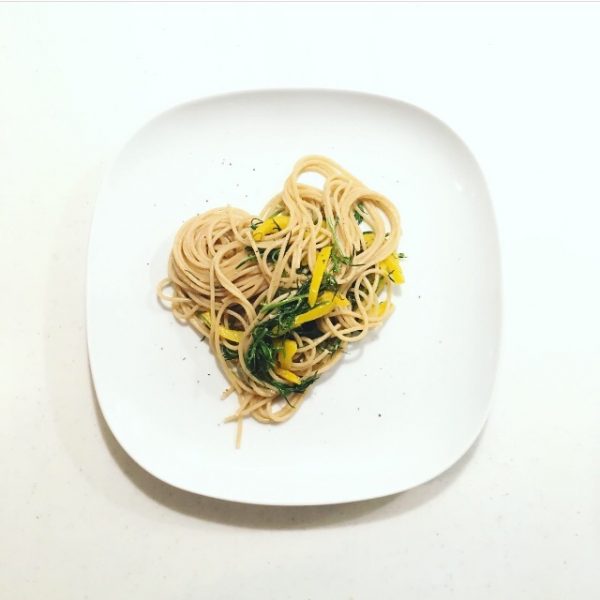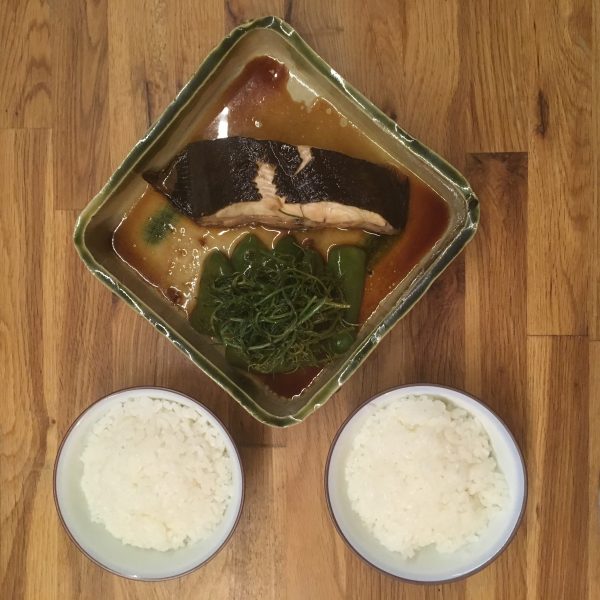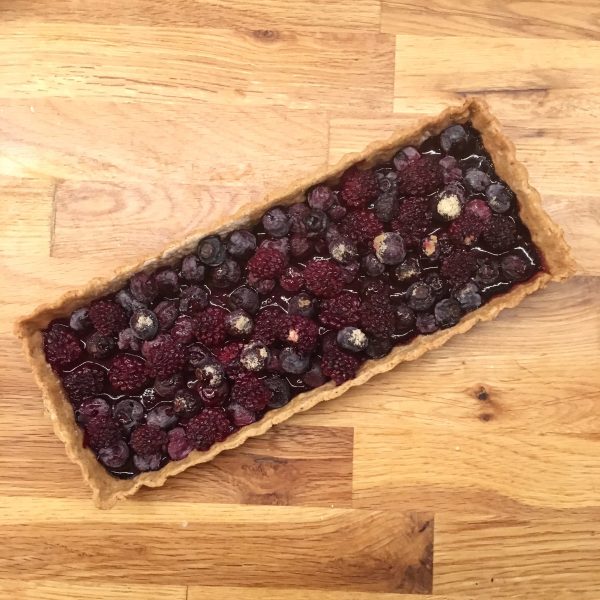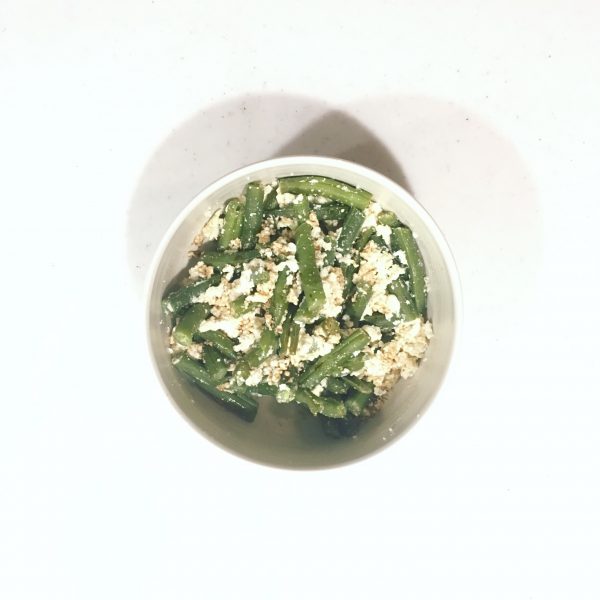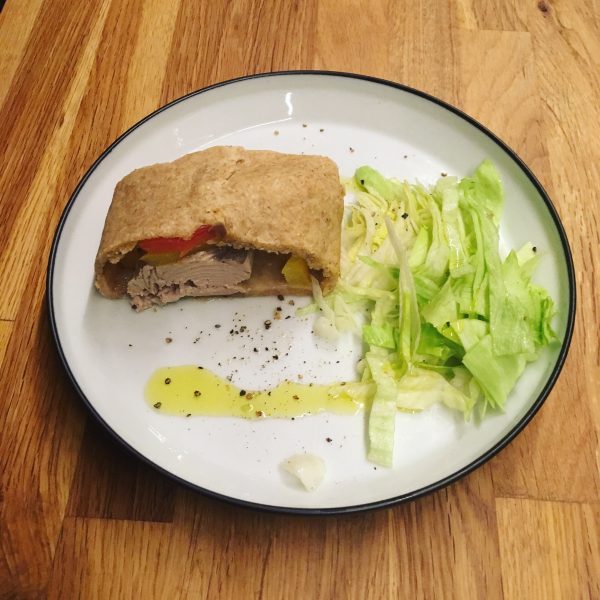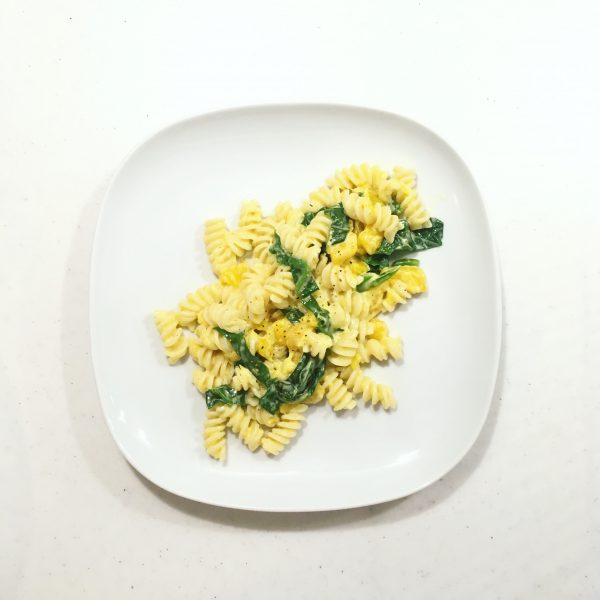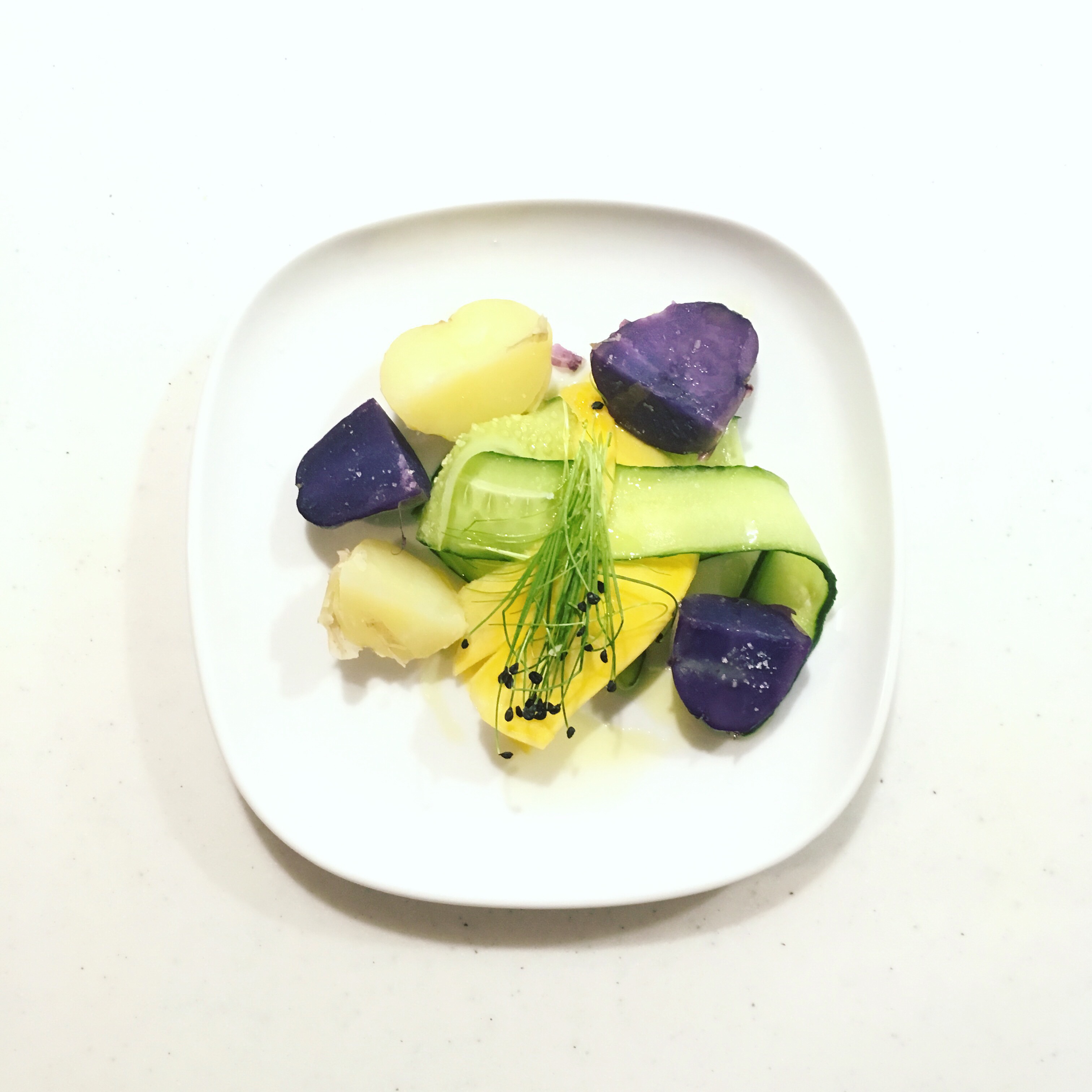Since living in Japan I have discovered many vegetables I had never seen or never eaten before. A whole new world of vegetables discovered but at the same time many of the vegetables I loved in Europe have disappeared from my plate. There are three of them I for sure really miss: porcini, artichoke and fennel. The first one there’s nothing much I can do about it, except buying dried porcini, which how good they may be they never ressemble the fresh ones. For the second, canned artichokes in oil may be a poor compensation… growing some is so far out of the question as our kitchen garden is rather small and they take up a lot of space… may be next year… but fennels… they were the perfect seed for my kitchen garden. It was without counting for the poor weather we had this spring/early summer. Out of the few fennels seeds I planted only three survived the constant rains, one disappeared probably drained at some point, the remaining two held on, but only one grew properly, the other probably missing sunlight. So here I am with my one and only precious vegetable!!! What I did with it? Eat it from bottom to top with pasta and grilled sagochi (spanish mackerel).
It was super simple and a really great combination. I grilled the fish on the skin side, then removed the skin and bones and in a pan with olive oil cooked the fish again with the fennel simply washed and chopped. Topped troffie with the mix and was super happy to enjoy the familiar anise flavor!!!
